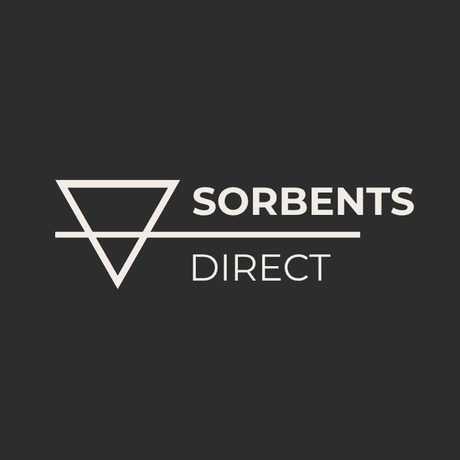How Sorbents Support Food, Beverage, Packaging & Self-Care Products
Sorbents are porous materials that capture moisture, impurities, and unwanted compounds to protect product quality. From clarifying beverages to preserving freshness in packaging and improving textures in cosmetics, sorbents like silica, activated alumina, clays, and activated carbon play a quiet but vital role across consumer and industrial products.

What are sorbents and why are they important?
Sorbents work by adsorption (molecules binding to surfaces) or absorption (molecules taken into bulk). Choosing the right material and format helps manufacturers reduce defects, extend shelf life, improve sensory quality, and maintain safety and compliance.
Sorbents in food & beverage processing
In breweries, wineries, and juice facilities, sorbents help clarify liquids, remove haze, and reduce off-flavors or color bodies:
- Silica: Commonly used to reduce chill haze by binding proteins and stabilizing beer, wine, and juices during clarification.
- Clays: Bleaching earth/bentonite clays help remove pigments and trace impurities in edible oils and other liquids.
- Activated carbon: Used selectively to remove color, odors, and certain organic compounds in process streams (applied carefully to preserve desirable flavor compounds).

Moisture control in packaging and storage
Controlling moisture during storage and transport preserves product integrity and reduces returns:
- Silica gel: High surface area desiccant for cartons, drums, and containers - protects electronics, foods, nutraceuticals, and sensitive goods.
- Activated alumina: Robust desiccant for gas drying and higher-stress environments, often regenerable.
- Clays: Cost-effective desiccant options for bulk or long-haul shipments where economics matter.
- Activated carbon: Used in packaging to reduce odors and volatiles in confined spaces.

Purity & texture in self-care products
Personal care and cosmetics rely on sorbents to achieve clean formulations and consistent feel:
- Silica: Gentle abrasive and thickener in toothpaste; oil-absorbing, mattifying, and texture-improving agent in makeup and skincare.
- Fumed/precipitated silica: Rheology control in creams, gels, and color cosmetics for stable, smooth application.
- Activated carbon (select formats): Used in purifying certain ingredients and in detox/clarifying concepts where applicable.

Choosing the right sorbent
Selection depends on target compounds, process conditions, regeneration needs, and regulatory requirements:
- Silica: Best for moisture control and protein/haze removal; tunable pores support separation and polishing steps.
- Activated alumina: Durable, often regenerable; suited to gas drying and water treatment with higher pH tolerance.
- Clays: Economical for large-scale clarification and color removal in oils and certain beverages.
- Activated carbon: Targets VOCs, color, and organics; used selectively to avoid stripping desirable flavors or aromas.
- Zeolites and molecular sieves: Specialized crystalline sorbents with uniform pore sizes for precise gas drying, solvent dehydration, and hydrocarbon separations.
Frequently asked questions
What’s the difference between silica gel and molecular sieves?
Silica gel adsorbs moisture efficiently at moderate humidity, making it ideal for general packaging. Molecular sieves, a type of zeolite, have uniform pore structures that trap water molecules even at very low humidity levels—useful for gas drying and precision applications.
Can sorbents be regenerated or reused?
Many sorbents can be regenerated through heating or vacuum drying. Activated alumina and molecular sieves are particularly well suited for multiple regeneration cycles in closed systems.
Are sorbents safe for food or cosmetics?
When sourced and processed to food- or pharma-grade standards, sorbents like silica, alumina, and certain clays are safe for indirect contact. Always follow supplier specifications and regulatory compliance for your application.
Summary: Consumer-grade quality from industrial know-how
Whether clarifying beverages, protecting packaged goods, or refining the feel of personal care products, sorbents provide reliable, scalable control over moisture and impurities. If you need help matching material and format to your application, explore our collections or contact our team for guidance and quotes.
Explore: Silica · Activated Alumina · Clays · Activated Carbon · Zeolites · Contact Us

